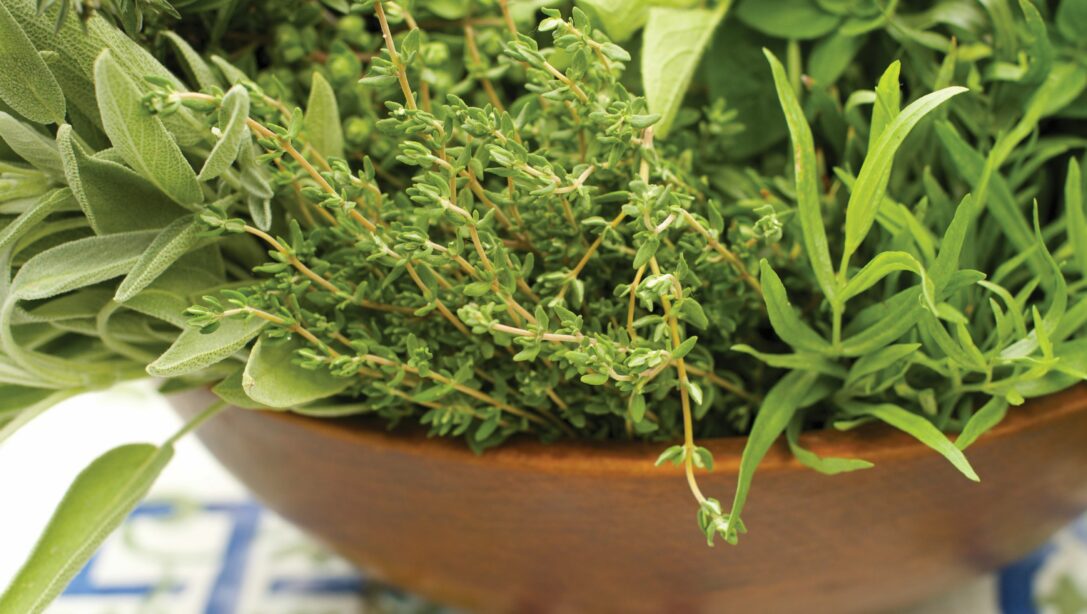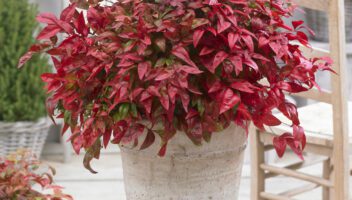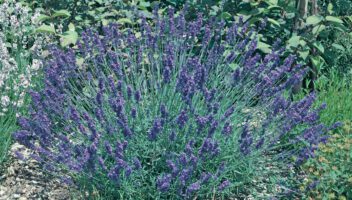Planting your own herbs in the spring is an excellent way to add full, fresh flavour to your cooking. Herbs provide numerous benefits that are essential to living a healthy lifestyle. Spring is a fantastic time to begin your herb plantings, after the risk of frost has passed.
View our collection of vegetable and herb seedsWhat herbs are good to grow in spring?
Basil
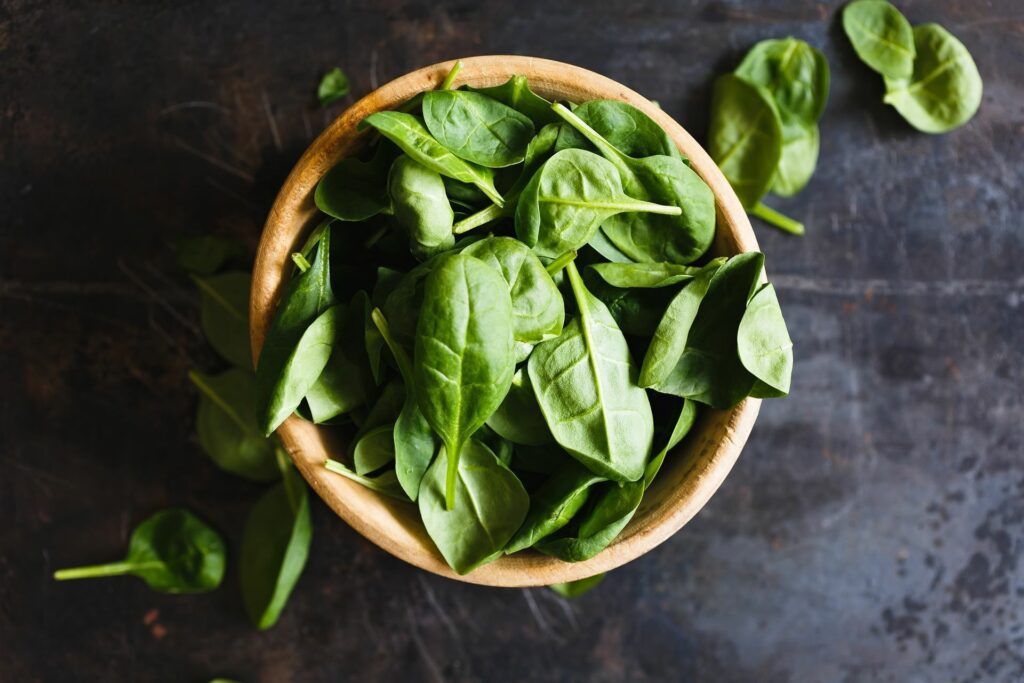
With a strong flavour and aroma, basil is a great herb to grow. Frequently used within Mediterranean and Asian cooking, Basil comes in lots of varieties, offering sweet, peppery or mild tastes.
| Sun requirements | Full sun |
| Soil | Well-drained soil |
| Sow | Late-winter – midsummer (after the risk of frost has passed) |
| Harvest | Midsummer – mid autumn |
Want to know how to use your homegrown basil? Discover our Herb Dressing recipe that works great with meats and fish.
Coriander
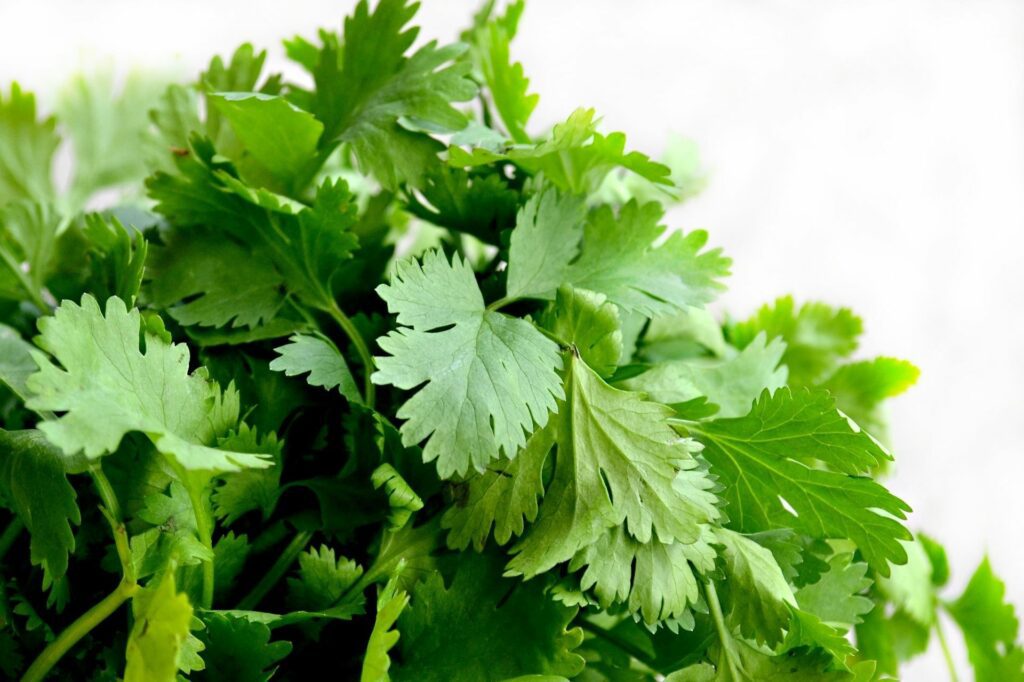
Great for growing if you like a well-seasoned curry, Coriander is a hardy herb that grows well as ground cover or in containers. The flavour is tangy and the seeds used in cooking give off a great aroma.
| Sun requirements | Full sun |
| Soil | Moist |
| Sow | Mid spring – mid autumn |
| Harvest | Midsummer – winter |
Want to know how to use your homegrown coriander? Discover our Spinach Roulade & Coriander Cream recipe that helps you savour the soft taste of curry.
Oregano
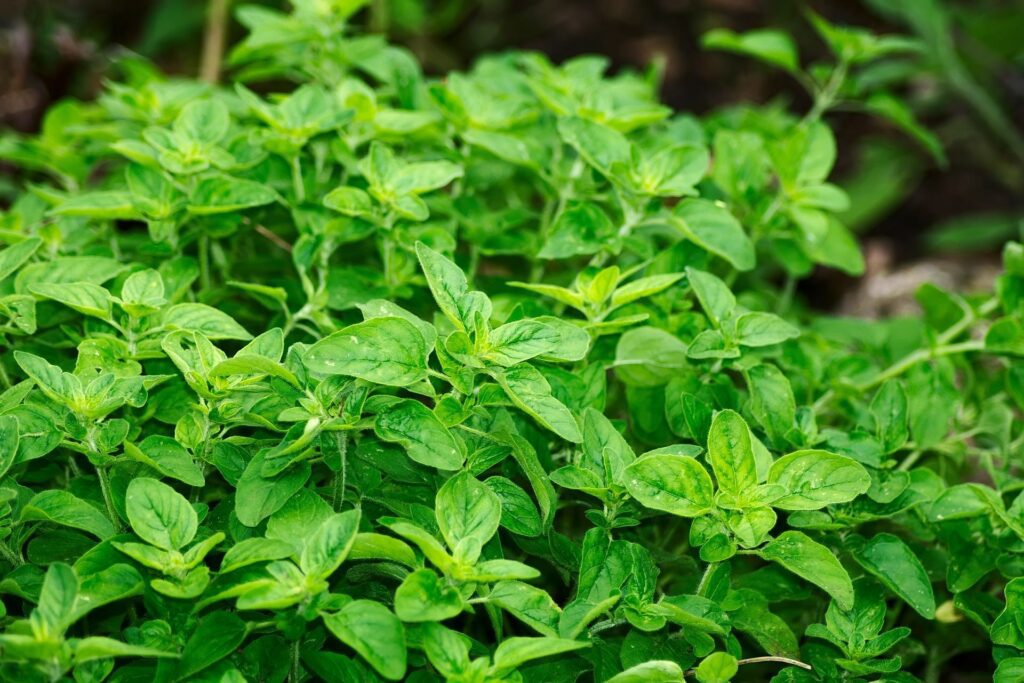
Oregano offers many antioxidants when eaten, making it a great herb to incorporate into a healthy diet. It is well known for being used within the Mediterranean to fight ailments, including colds and aches.
| Sun requirements | Full sun |
| Soil | Well-drained soil |
| Sow | Late winter – spring (after the risk of frost has passed) |
| Harvest | Late spring – mid autumn |
Want to know how to use your homegrown oregano? Discover our Moussaka Slippers recipe that offers the heart earthy flavours of aubergines.
Rosemary
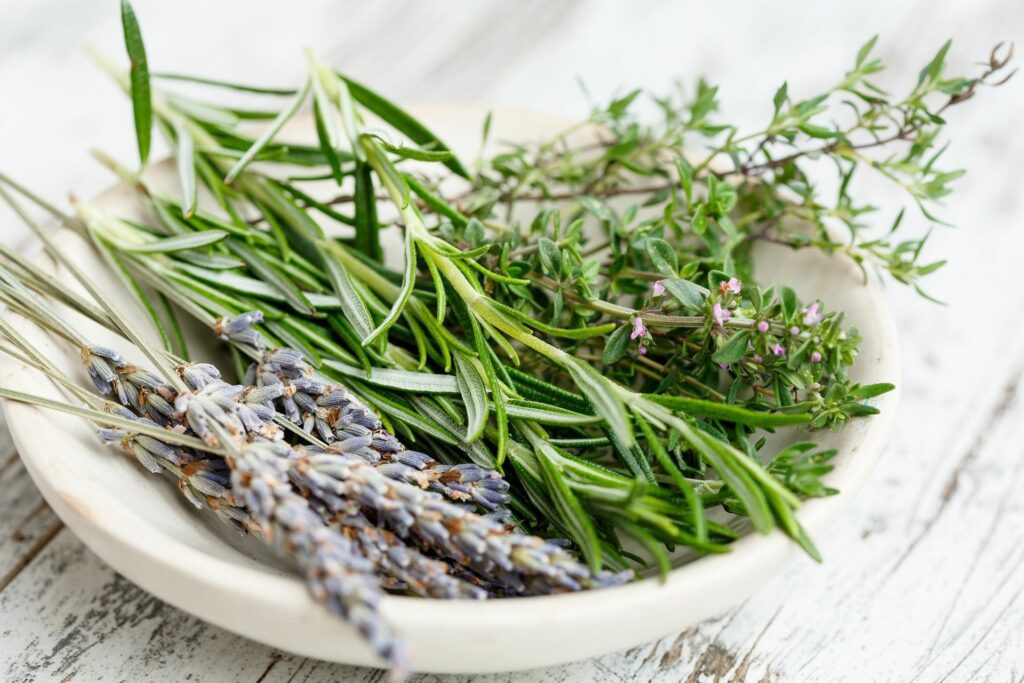
Rosemary is great for accompanying lamb dishes, and is used in a variety of French and Italian dishes. It grows with green-silver leaves and sky blue or blush pink flowers to create added interest in the garden.
| Sun requirements | Full sun |
| Soil | Well-drained soil |
| Sow | Late winter – spring (after the risk of frost has passed) |
| Harvest | All year round |
Want to know how to use your homegrown rosemary? Discover our Rosemary and Lemon Loaf Cake recipe that makes a deliciously light spring dessert.
Mint
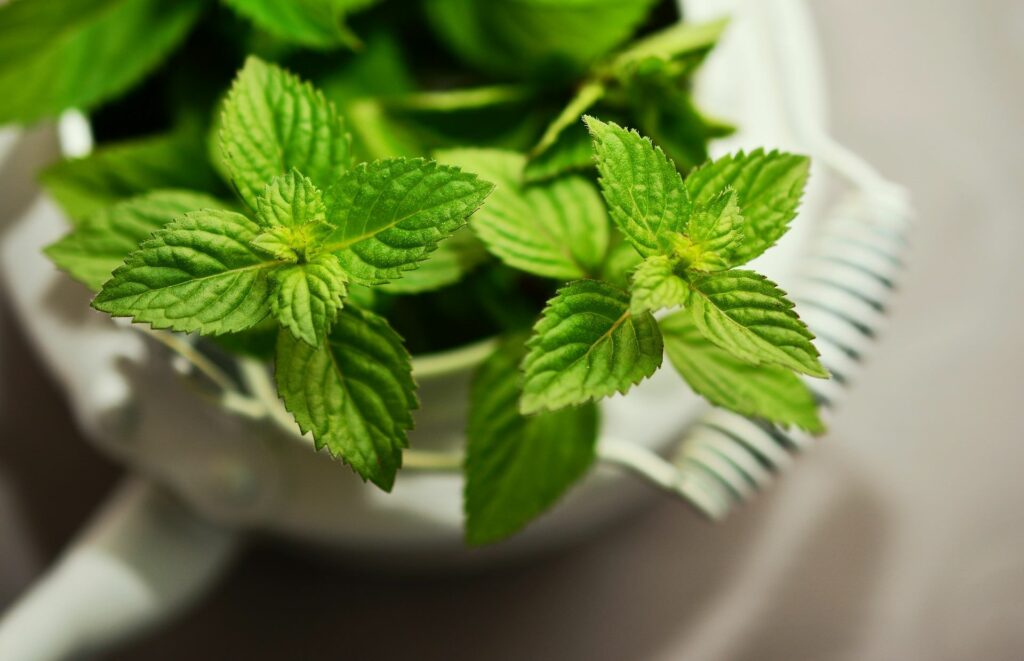
Mint is known for its powerful scent and flavour, and we often find it in a lot of the foods we consume. With toothed leaves, mint is often used for its medicinal benefits and can be found in a lot of Greek cuisine.
| Sun requirements | Full sun/partial shade |
| Soil | Well-drained soil |
| Sow | Spring |
| Harvest | Late spring – mid autumn |
Want to know how to use your homegrown mint? Discover our Quinoa & Fennel Salad recipe that combines sweet and aniseed flavours to create a delicious summer salad.
Sage
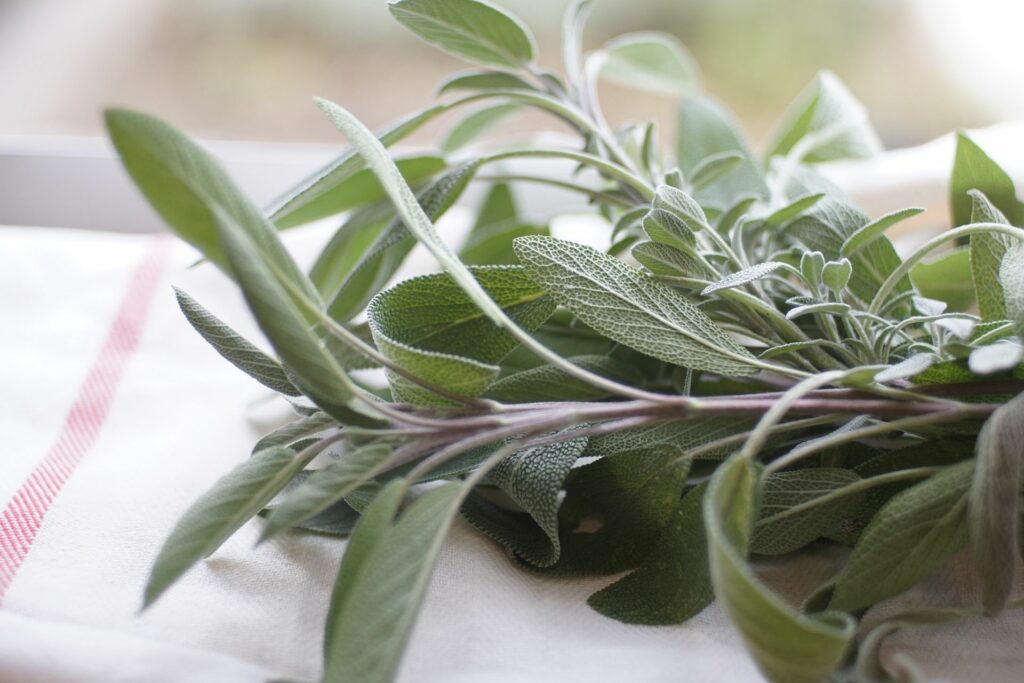
Sage works great as a cooking herb but also looks lovely when planted in a border due to its spring flowering. Sage is ideal for adding to a hearty meal, whether it be casseroles or stuffing to accompany your Christmas Day meal.
| Sun requirements | Full sun |
| Soil | Moist |
| Sow | Spring |
| Harvest | Late spring – early winter |
Thyme
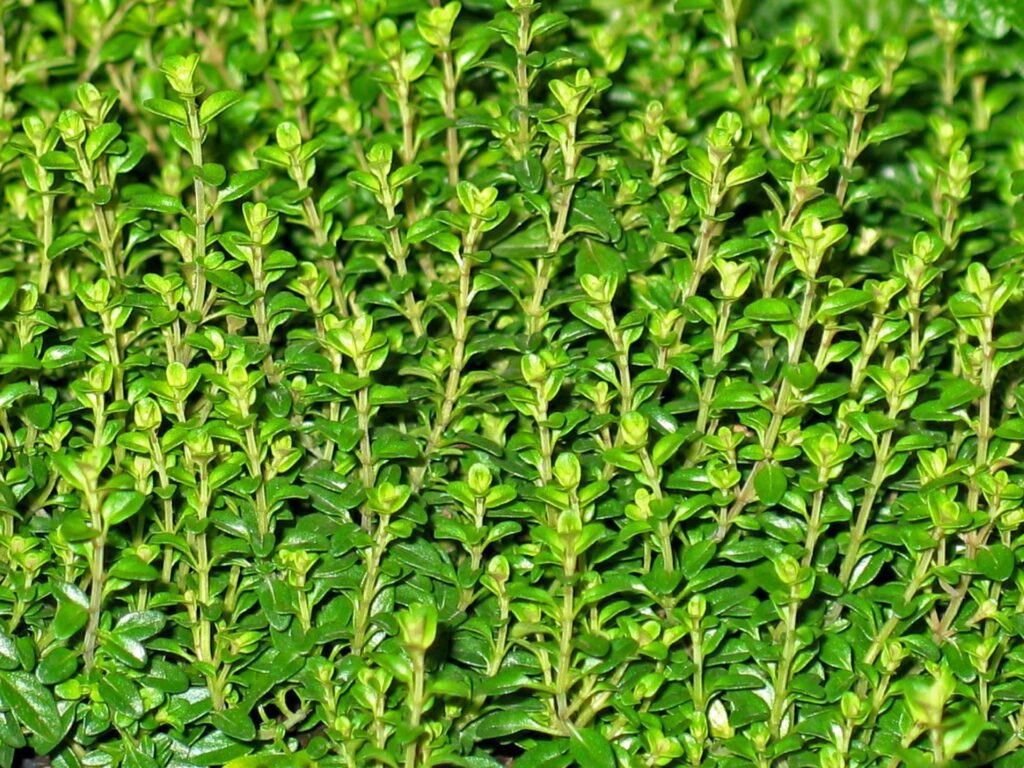
Thyme is available in lots of different varieties that are either ornamental or edible. Thyme is drought and pollinator-friendly, so it has real benefits for your garden. It works great with stews and vegetable dishes.
| Sun requirements | Full sun |
| Soil | Well-drained soil |
| Sow | Spring |
| Harvest | All year round |
Want to know how to use your homegrown thyme? Discover our Beef and Barley Stew recipe that will bring a warm, hearty satisfaction to the winter months.
What can you do with herbs in spring?
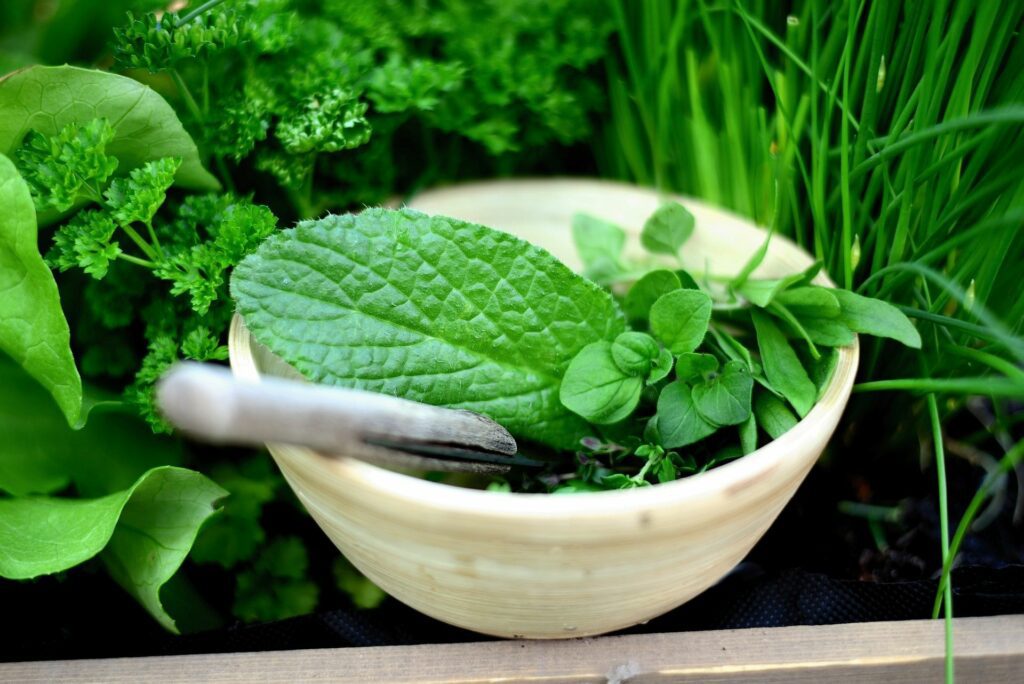
Cooking
Spring herbs can be used in a variety of different recipes. Their flavours can elevate a dish and provide another level of taste. Whether you are using them fresh from the garden in a salad or marinating meat for multiple hours, you can create wonderful meals bursting with seasonal flavour.
Pest repellent
The more fragrant herbs can be used to keep pests at bay. Highly scented varieties like mint or rosemary will keep insects and animals such as mice away from your garden or house. This is particularly useful if you have pets and want to avoid fleas.
Moth repellent
Moths can be a real issue, particularly if they discover a large selection of clothing. Herbs such as rosemary and basil work well as moth repellents. Simply place a cotton fabric bag that holds a few herb sprigs at the bottom of your wardrobe.
Beauty products
It is well known that many shampoos, conditioners and shower gels incorporate the benefits of herbs. Rosemary, sage and thyme are great for skin and hair care alike. The organic ingredients within the herbs can help to strengthen, shine and soothe.
Decoration
If you like the rustic appeal of herbs in spring, why not use them for decoration? You can swap out your spring flower bouquets for a selection of herbs or create a spring herb wreath to place on your front door. Welcome guests into your house with the aroma of spring at its freshest.
Do herbs grow back in the spring?
If your herbs are annuals, you won’t see them regrow each spring. Coriander and basil are examples of annual herbs and therefore will need replanting each year. Herbs such as oregano are biennial, meaning that they will come back for another spring as their lifecycle requires two years. Herbs like rosemary and mint will return each year; be wary, however, as mint can spread very quickly and easily, meaning that you may end up with more than you bargained for!


